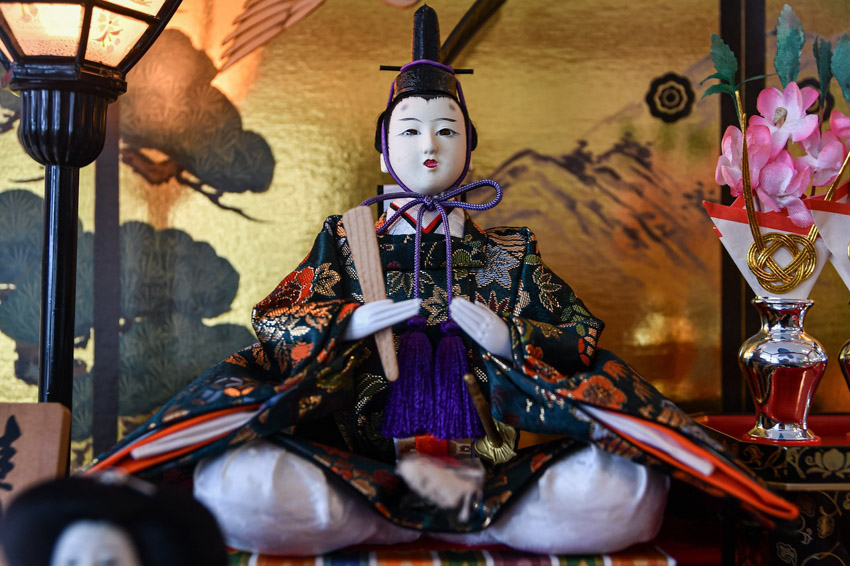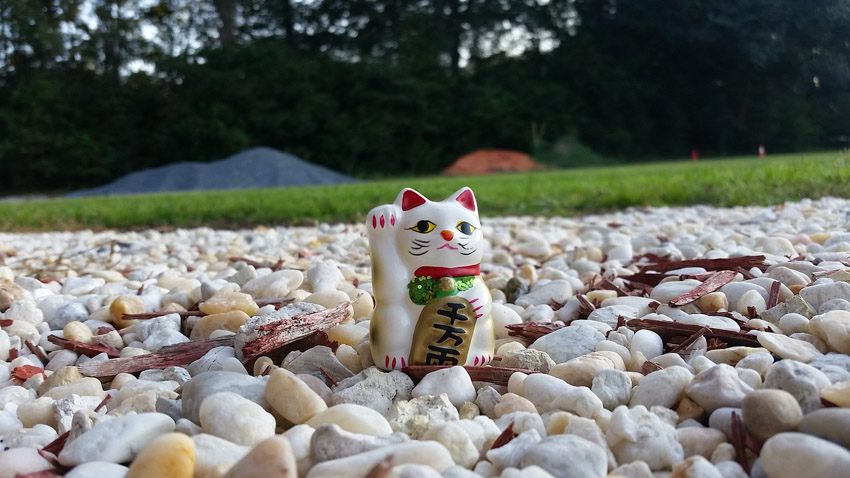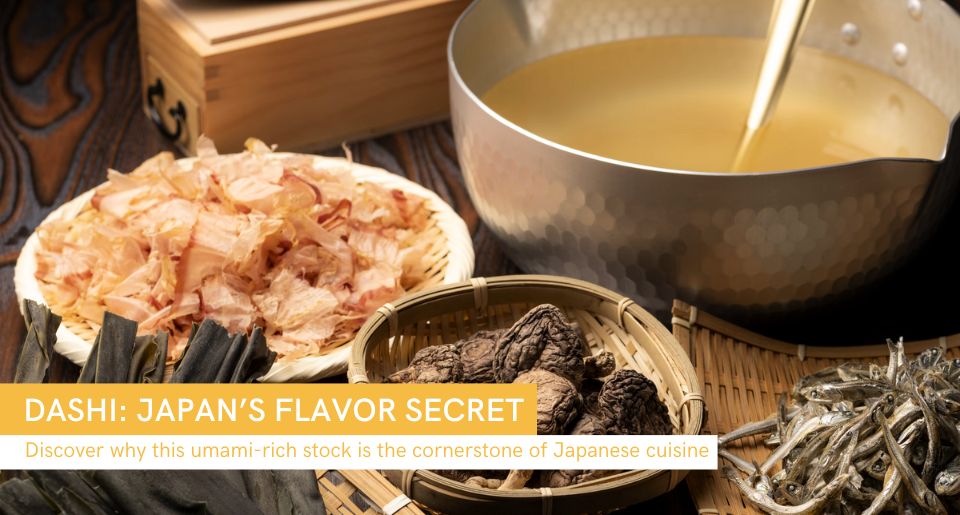Contents
Introduction
While you may not be one to buy into the whole bad luck and evil spirits thing, the Japanese are all in, relying on their traditional dolls for ages to keep those dark forces at bay and welcome good fortune with open arms. And it's safe to say that it's working like a charm, as Japan is now one of the most prosperous countries in the world (a big shout-out to those luck-bringing dolls!).
You'd be surprised to learn that these magical Japanese dolls have a fan base that includes folks who aren't exactly believers in their spiritual powers. It's their captivating beauty that has collectors, both in Japan and internationally, under their spell. Appreciated for their age, rarity, craftsmanship, and historical importance, these dolls are sought after by enthusiasts worldwide who admire their timeless and aesthetically pleasing beauty.
Keep reading to delve deeper into the world of these fascinating and mysterious dolls that can only be found in Japan. Make sure to stick around until the end, as we’ll reveal where you can get 100% authentic Japanese dolls and have them delivered straight from Japan right to the comfort of your own home, hassle-free!
Japanese Dolls: Timeless Masterpieces Reflecting the Ancient Ages

Japanese dolls (人形, ningyo dolls) are traditional Japanese figurines or dolls that hold significant cultural and artistic value in Japan. The term "ningyo" literally translates to "human shape" or "doll," and these dolls have been an integral part of Japanese culture for centuries and have been often used in religious ceremonies, festivals, and as talismans.
Traditional Japanese dolls offer a captivating array of forms, featuring representations of innocent children, enchanting fairy-tale characters, heroic warriors, royal court figures, divine gods, and seldom-seen demons. The first ningyo was as basic as it gets, molded from materials like clay, paper, or wood. But as they say, "Aging like fine wine," these dolls evolved with time, becoming more stylish and versatile with each passing era.
Scaring Off Evil Spirits and Beyond: Dolls and Special Occasions

Some Japanese dolls aren't your average dolls—they're like the knights in shining armor of the doll world, protecting against evil spirits and bad vibes. In the land of the rising sun, they once used the Hitogata (a human-shaped doll) to ward off a whole array of bad luck, ranging from ugly diseases to natural disasters. They'd scare off evil spirits by hitching their bad luck to a Hitogata, giving it a fiery send-off or sending it away into a river or the vast ocean.
Ancient wooden board Hitogata, dating back to the seventh century, has been dug up at archaeological sites. And just so you know, the Japanese have been toying with dolls for over a whopping thousand years (now, that's some serious dedication!). However, their purpose extends beyond warding off evil spirits in spiritual contexts. There are other occasions that call for the use of these dolls, including:
- Hinamatsuri (Girls' Day): Celebrated on March 3rd, it involves displaying Hina Ningyo dolls to pray for the health and happiness of girls in the family.
- Tango no Sekku (Boy's Day): Celebrated on May 5th, it features warrior-themed Ningyo dolls and Koinobori (carp-shaped windsocks) to symbolize strength for boys.
- Gosekku (Five Festivals): Ningyo dolls are used to mark various seasonal festivals throughout the year.
- Weddings: Ningyo dolls are sometimes given as wedding gifts, symbolizing a harmonious marriage.
- New Year (Oshogatsu): Some display Ningyo dolls during New Year's festivities to welcome the new year with good fortune.
- Seasonal Celebrations: Ningyo dolls can be part of celebrations related to changing seasons and harvest festivals.
- Special Family Occasions: Families may have their own Ningyo dolls to mark unique family events and milestones.
Dolls with a Story: Different Doll Types & Their Purpose

Japan flaunts a captivating selection of dolls, each with its own distinct shape, size, and purpose. Let's explore the most common Japanese dolls, each carrying the essence of Japan's rich cultural heritage:
- Daruma dolls: These are traditional Japanese figurines symbolizing goal-setting and determination. They are round, red, and often used to mark New Year's resolutions or wishes. (Learn more about Daruma dolls here!)
- Ichimatsu Ningyo: These dolls are named after a famous Kabuki actor from the Edo period, Sanogawa Ichimatsu. They are known for their realistic and lifelike facial features.
- Gosho Ningyo: These dolls represent emperors, empresses, and other royal figures. They often wear traditional court attire and have a regal appearance.
- Hina Ningyo: Hina dolls are displayed during the Hinamatsuri (Girls' Day) festival on March 3rd in Japan. They represent the Emperor and Empress, and their court, and are arranged on a tiered platform.
- Kokeshi: Kokeshi dolls are cylindrical wooden dolls with minimalistic facial features. They are often brightly painted and are considered a symbol of Japan's northern Tohoku region.
- Takeda Ningyo: These are traditional wooden dolls that originated in the Takeda region of Japan. They often depict historical or legendary figures.
- Netsuke Ningyo: Netsuke dolls are small, intricately carved figurines used as toggles for kimono sashes.
- Maneki-neko: also known as the "beckoning cat" or "lucky cat," is a figurine believed to bring good luck and fortune to its owner by waving its paw in a beckoning gesture (how cute!).
Authentic Japanese Dolls Awaits: Now Delivered to Your Cozy Home!

Now, here comes the exciting part you've all been waiting for — where to lay your hands on these authentic Japan-made dolls? Well, you guessed it: Japan! But let's face it, hopping on a plane to Japan to get your hands on these time-honored beauties isn't exactly a piece of sushi. That's where ZenPlus, the massive e-commerce platform, comes to your rescue!
With nearly a decade of shining success in the industry, providing access to over 3,000 Japanese online retail shops and an astonishing selection of over 5 million rare items for shoppers worldwide, ZenPlus is the ultimate one-stop shop where you can finally turn your dreams of owning genuine Japanese products into reality, and yes, that includes Japan's traditional dolls in all their captivating shapes and forms!
Start your unique Japanese dolls collection now and visit the website (Zenplus.jp/en), type the doll's name into the search bar, explore the wide array of options, add your favorites to your cart, place your order, and then sit back and relax—-ZenPlus's team of experts will handle the shipping from A to Z, easily delivering your items straight from Japan to your doorstep!
About The Writer
Meet Mariam - a freelance writer whose heart beats for the captivating world of Japanese culture. She's fascinated by the breathtaking cherry blossom trees, the irresistible traditional dishes and snacks, the timeless fashion, the adorable natural makeup, and of course, the world-famous anime, just to name a few of her passions. Now, with boundless creativity and determination, she aims to deliver the most valuable content for readers to offer them a glimpse into her passions in life.





